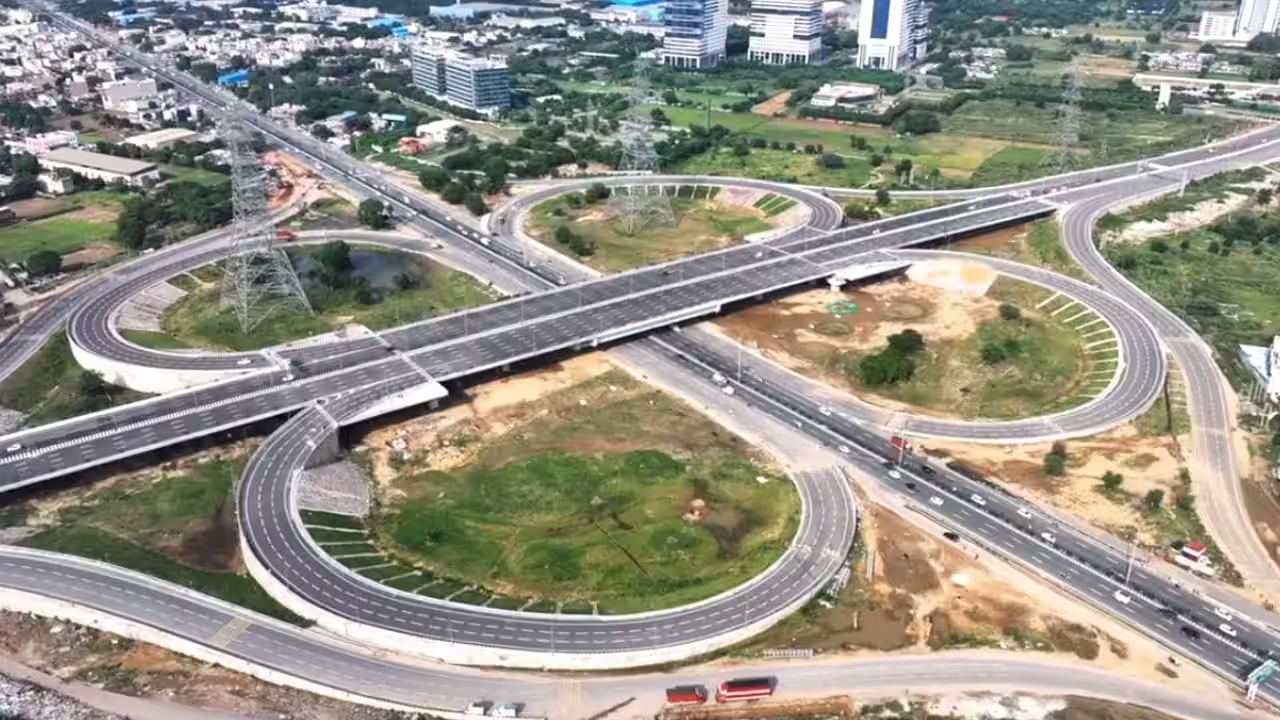The Dwarka Expressway is poised to become the country’s first highway to implement a “Free Flow Tolling” system, eliminating traditional toll plazas and barriers. This advanced system is set to utilise state-of-the-art FASTag technology and high-resolution cameras mounted on overhead gantries, allowing vehicles to pass through at speeds of up to 100 kilometres per hour while automatically deducting tolls. This initiative aims not only to streamline the toll collection process but also to significantly reduce traffic congestion—a common frustration for commuters.
The National Highways Authority of India (NHAI) is leading this initiative on the 28-km urban expressway, which is expected to pave the way for future satellite-based tolling systems. Such multi-lane free-flow tolling systems are already successfully employed in various countries, underscoring their potential to enhance efficiency and improve the overall driving experience. Currently, drivers on the Delhi-Meerut Expressway encounter a gantry-based tolling system, yet a physical toll plaza still exists in Meerut, causing delays. The removal of toll plazas on the Dwarka Expressway signifies a shift towards a more modern and efficient approach to toll collection. However, this advancement also comes with challenges.
While the benefits of this system include reduced waiting times and enhanced traffic flow, the transition requires robust measures to manage unpaid tolls. The NHAI is exploring passive recovery methods, including installing additional gantries on the Delhi-Gurgaon border. Vehicle owners who fail to pay their tolls may face restrictions, such as the inability to transfer vehicle registration or obtain essential certificates until outstanding dues are cleared. This policy, although necessary for compliance, could generate frustration among users who might contest charges. Despite the challenges, the advantages are clear. Commuters will experience quicker, smoother journeys, ultimately reducing fuel consumption and emissions—a vital consideration in the fight against urban pollution. The Dwarka Expressway’s implementation of this tolling system represents not just a technological advancement but also a commitment to sustainability, as it aims to contribute towards a more efficient urban transport network.
As this pioneering project unfolds, it promises to redefine travel in the region. While there may be hurdles to overcome, the potential for a future where highways facilitate swift and seamless movement is undoubtedly an exciting prospect for the millions who rely on these vital corridors. The commitment to enhancing public infrastructure resonates with a growing recognition of the need for sustainable urban mobility solutions, making the Dwarka Expressway a significant milestone in India’s transportation landscape.




